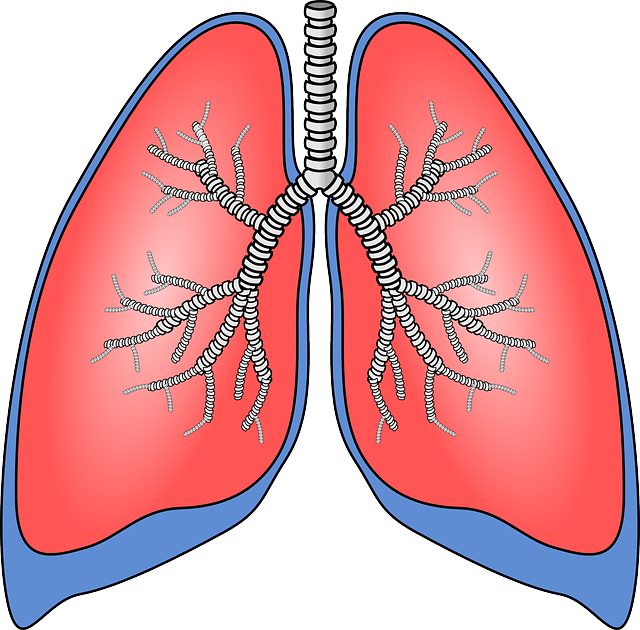By the end of this lesson, you should be able to:
Tuberculosis is caused by a bacterium called Mycobacterium tuberculosis. The bacteria usually attack the lungs. Not everyone infected with this bacteria becomes sick. As a result, two Tuberculosis-related conditions exist:
The latent type can turn into an active type, so treatment is important. In many people, bacteria remain inactive for a lifetime without causing disease. But in other people, especially people who have a weak immune system, the bacteria become active, multiply, and cause disease.
If you’re at high risk for activation, for instance, if you have HIV, you had an infection in the past 2 years, your chest X-ray is unusual, or your immune system is weakened, your doctor will give you medications to prevent active tuberculosis.
Tuberculosis can be treated and if not treated properly, the disease can be fatal.

Signs of Active Tuberculosis disease include:
People who have Latent Tuberculosis:
Tuberculosis is caused by bacteria that spread through the air, just like a cold or flu. You can get Tuberculosis only if you come into contact with people who have it. However, there are situations that put you at greater risk:
A healthy immune system fights Tuberculosis bacteria. However, you might not be able to fend off active Tuberculosis disease if you have:
When someone who has Tuberculosis coughs, sneezes, talks, laughs, or sings, they release tiny droplets that contain the germs and if you breathe in these germs, you can get it. Tuberculosis isn’t easy to catch, you usually have to spend a long time around someone who has a lot of bacteria in their lungs. You’re most likely to catch it from co-workers, friends, and family members. Tuberculosis germs don’t thrive on surfaces. You can’t get it from shaking hands with someone who has it or by sharing their food or drinks.
There are two common tests for tuberculosis:
Those tests don’t tell you if your infection is latent or active. If you get a positive skin or blood test, your doctor will learn which type you have:
Tuberculosis treatment depends on your infection.
Whatever kind of infection you have, it’s highly advisable to finish your dosage, even when you feel better because if you quit in the middle of the medication, the bacteria can become resistant to the drugs.
Tuberculosis has some complications which include the following:
Tuberculosis can be treated and cured.
1. Primary prevention. Immunizations are a form of primary prevention. The Bacille Calmette–Guérin (BCG) vaccine is given to children in countries with many cases of tuberculosis. The BCG vaccine has been in use since 1921. The vaccine does not protect children from pulmonary disease caused by tuberculosis bacteria, nor prevent the latent infection from progressing to active disease, but it can prevent serious complications in children, such as tuberculosis meningitis. The vaccine in children does not prevent the spread of the disease and is generally not used in adults.
2. In secondary prevention, the disease is detected and treated early, often before symptoms are present, thereby minimizing serious consequences. If you have a latent tuberculosis infection, you may need medicine to prevent getting the disease later. Usually, medicines are used to treat latent tuberculosis infections. Secondary prevention for tuberculosis refers to the methods that are used for screening and early diagnoses, such as tuberculin skin test, as well as ensuring that the right treatment is given at the right time to prevent disease progression.
3. The treatment of people who have already developed disease is often described as tertiary prevention. Tertiary prevention involves the prevention of complications in people who have already developed the disease (have active tuberculosis), and in whom primary or secondary disease prevention is no longer an option.
We've learned that: